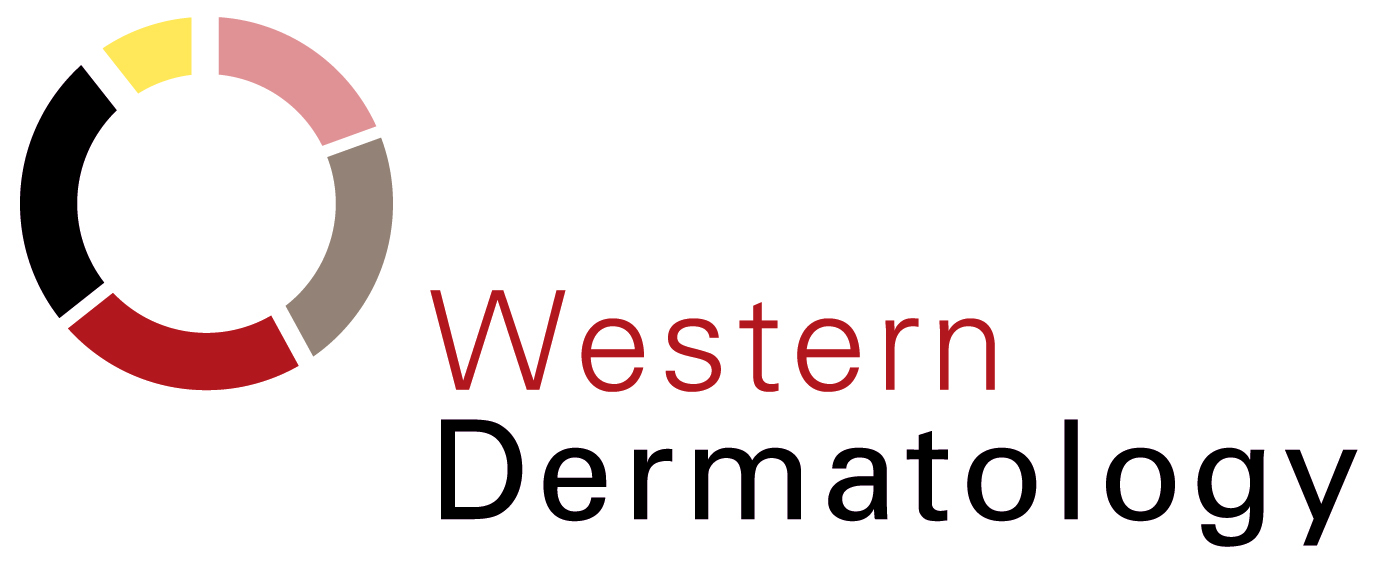Laser tattoo removal involves breaking down tattoo pigment into tiny particles which are easily absorbed by the skin. This procedure has been carried out for the last twenty years. A laser is a device which emits an intense beam of collimated light that transfers energy. This beam of light is then absorbed by certain pigments (colours) within the tattoo. There is a certain type of laser for this procedure called a Q-switched or quality switched laser. A Q-switched laser emits light in a particular way in short, sharp pulses, which break down the tattoo pigments. These are then absorbed by the skin. The pigment breaks up into smaller granules and is removed by the body’s natural filtering system. At Western and Richmond Dermatology, we use the Pastelle Q switched ND Yag using wavelengths of 1064nm and 532 nm. Professional tattoos are more difficult to remove and require more treatments (which are spaced at 6 to 8 weeks apart) than amateur tattoos. Tattoo removal may well require in excess of ten treatments depending on the tattoo.
The Procedure for Tattoo Removal
A topical anaesthetic is applied to the skin for at least ½ hour prior to treatment. The treatment is relatively quick, with minimal discomfort thanks to the topical anaesthesia and the use of a Cryojet blowing cool air onto the skin. The feeling of the laser beam passing over the skin has been likened to a rubber band flicking on the skin. The tattoo will immediately turn into a whitish / ash colour when treated.
The Recovery Process for Tattoo Removal
An antibiotic cream is applied to the area and there may be some redness and scabbing following the procedure. Provided care is taken not to scrub or abrade the skin, this will settle in a couple of days. For several weeks following the procedure, the ink molecules, broken down by the laser, will be dispersed and disposed of by the body so a gradual improvement is noticed over the ensuing months.
Considerations
It is usually not necessary to take time off to recover from this procedure.
Risks
The Q-switched multi-wavelength YAG Laser greatly reduces the potential for scarring or textural changes in the skin (there is less than 5% chance of scarring). There will be some temporary redness or discolouration in the skin and it is possible to experience a lightening or darkening of the skin for a few months following the tattoo removal, this usually returns to its normal colour over time.
FAQs
How many treatments will I need?
The number of treatments depends on your skin’s response to the laser, the type of ink used and the depth of the ink in the skin. Most professional tattoos usually need six to ten or more treatments whilst amateur ones need only four to six treatments.
Can all colours be treated?
The 1064 nm and 532 nm wavelengths can successfully treat black, dark brown, grey wash, dark blue, red brown, orange and red. There are also the 660 nm and 585 nm hand pieces to be able to treat more greens and mid- blues. Please note that yellow and white inks can be very difficult to remove.

